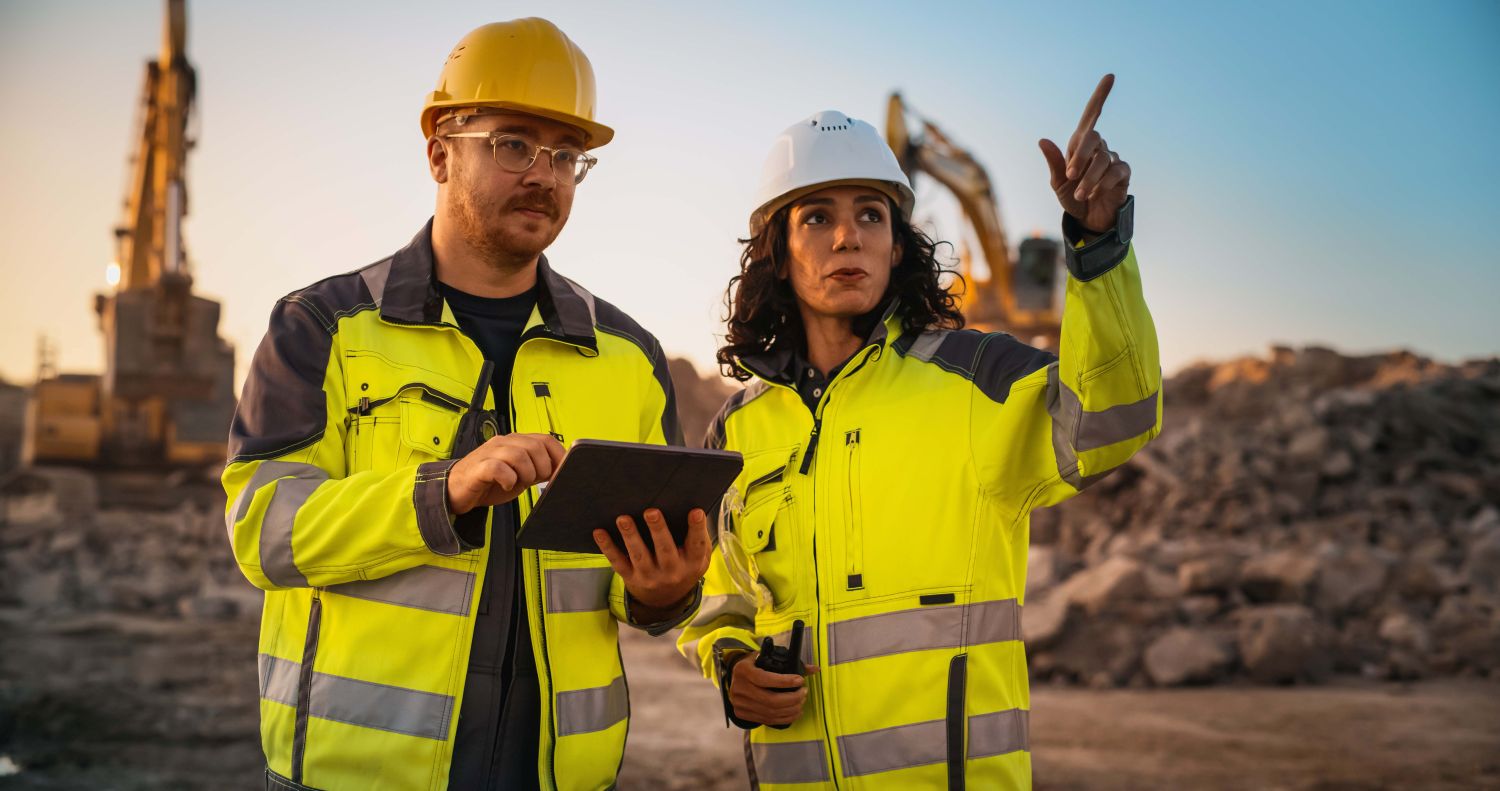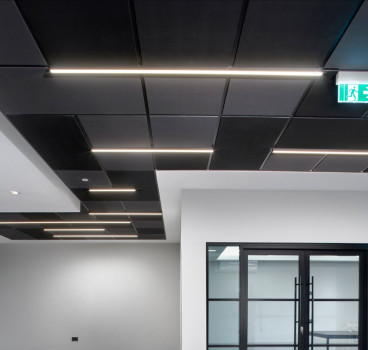Women who build and what’s really changing (and what Isn’t)
For decades, construction has been sold as a man’s world, but quietly, persistently, women have been rewriting that story from the ground up. You’ll now find them on every part of the site and every rung of the ladder - from engineers to project directors, from apprentices in hi-vis to CEOs driving multimillion-pound frameworks, writes John Ridgeway.
The numbers are moving in the right direction. But very slowly. According to recent figures, women now make up around 15% of the UK construction workforce. It’s progress, but let’s not pretend it’s a revolution. Walk onto most sites today and you’ll still find that the cabins, the culture and the assumptions were all built with someone else in mind. So, what’s really changed? What’s performative and what’s real? And how far is the industry willing to go before equality becomes more than a line in a corporate brochure?
The biggest change in the last decade hasn’t just been about hiring more women. It’s been about visibility. Social media has made it impossible for the industry to hide behind the old stereotypes. Accounts run by female tradespeople, engineers and site managers now rack up thousands of followers - with women documenting real site life, grime and all with humour and authority. They’ve become role models for a generation that doesn’t want to “fit in,” but to belong.
Behind the hashtags and headlines, the structure of opportunity has started to move too. More women are coming through apprenticeships, graduate programmes and technical roles than ever before. The old pipeline excuse - “we would hire more women if they applied” - no longer holds water. The talent is there. What’s missing is an industry that knows how to hold onto it.
Retention is still the real test. Too many women leave mid-career, worn down by an environment that still too often tolerates casual bias, long hours and zero flexibility. Until construction learns that inclusion is about more than a recruitment campaign, those percentages won’t climb fast enough to change the story.
The culture clash
Construction has always prided itself on resilience. You turn up, get it done and don’t complain. It’s a culture that builds extraordinary things and also hides extraordinary damage. Women entering this space have often been told to “toughen up” or “not take it personally.” The problem is, that mindset is part of what keeps the industry stuck.
When women raise issues around safety, welfare, or respect, it’s still too often framed as “disruption” rather than leadership. But change is starting to come from within. The new generation of site managers - both men and women - are calling out old-school behaviour and demanding better. The idea that equality is a “nice to have” has given way to the reality that it’s a performance issue. Inclusive teams are more efficient, safer and deliver better quality. That’s not idealism. That’s fact.
Still, too many boardrooms think culture can be fixed with a poster or a policy. The truth? It takes daily graft, holding people accountable, making zero tolerance mean exactly that and designing workspaces that actually work for everyone. The gender pay gap isn’t going to close itself while senior leadership teams still look like they were built in 1985.
You can’t be what you can’t see. Representation matters, but visibility without respect means nothing. When women are celebrated as “exceptions” rather than professionals, the message is clear - you’re still a guest in someone else’s house. The next step isn’t just getting more women in, it’s changing the environment they’re stepping into.
That means getting the basics right. Facilities, PPE that actually fits, flexible working hours and maternity policies that don’t penalise ambition. It means creating space for women in decision-making rooms - not just as tokens, but as people who shape policy, design and culture. And it means telling the truth about the barriers that remain.
Real inclusion doesn’t come from HR slogans. It comes from redesigning the system, from procurement to project delivery, so that collaboration and respect are built into the foundations. That’s not just good ethics - it’s good business. Construction is fighting a skills shortage that’s strangling productivity. Half the population is still an untapped resource. The maths couldn’t be clearer.
What’s actually working
However, among the noise, some things are changing in ways that matter. Site welfare standards have improved. Mentorship networks like Women into Construction and NAWIC have given women access to real community and advocacy. Large contractors have started reporting publicly on diversity data, tying inclusion targets to executive bonuses.
And on the ground, you can feel a cultural shift. Younger men are more vocal about supporting their female colleagues. Site teams are calling out behaviour that once would’ve gone unchecked. There’s an awareness that professionalism is about how you treat people, not how loud you shout. It’s not uniform and it’s not fast enough, but it’s movement. The industry is slowly learning that “being one of the lads” was never the only way to belong.

But here’s the hard truth - for all the talk of equality, power still sits where it always has. The boardrooms, the site directors, the big decisions and they remain overwhelmingly male. The path from graduate to leadership for women is still riddled with invisible hurdles - informal networks, unconscious bias and the quiet assumption that motherhood and management don’t mix.
Too many women are still fighting for credibility before they even start the job. They’re explaining, proving, justifying, while male peers are simply trusted. Until that double standard disappears, the glass ceiling won’t just crack - it’ll repair itself with every new generation forced to start the same conversation again.
The industry also still talks about diversity as if it’s a separate issue from performance. But the truth is, construction’s productivity problem, its innovation gap and its recruitment crisis are all symptoms of the same disease - a culture that doesn’t change easily.
Progress in construction doesn’t happen overnight. It happens brick by brick, site by site, decision by decision. Women are no longer asking for permission to belong in this industry. They’re building it themselves by leading projects, designing policy, running businesses, mentoring others and changing the language of construction from the inside out.
The question isn’t whether women can build. They already are. The real question is whether the industry can evolve fast enough to keep up with them. Because equality isn’t a favour, and it isn’t a headline. It’s the foundation of a sector that claims to shape the world we live in.
Additional Blogs

When fire breaks out who really knows the system
The story that caught my attention recently wasn’t about fire growth or building loss, it was about confusion. Specifically, the confusion faced by the fire service when arriving at buildings...
Read moreThe design and development of Nexus Layouts
When Zentia set out to rethink the suspended ceiling, the brief was clear: deliver greater creative freedom for designers, more distinctive visual identity for clients, and a solution that could keep...
Read more

The 100-year construction project or why longevity Is the new sustainability
For decades, the construction sector has defined sustainability through metrics such as operational energy, embodied carbon, material efficiency and circularity. These measures remain vital, but a...
Read more